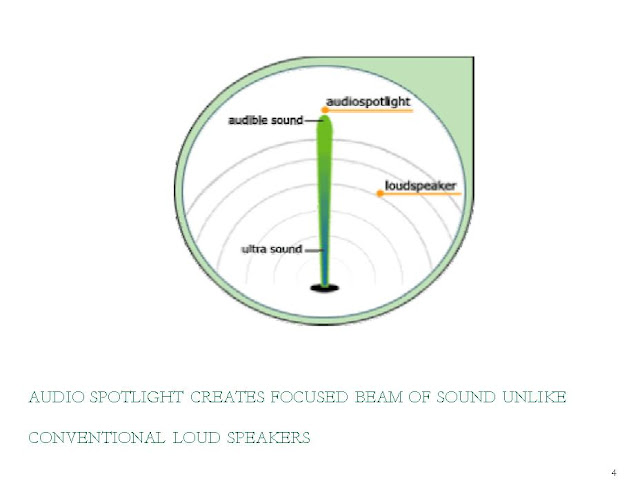PREPARATION AND ANALYSIS OF BaPr(1.33)Ti(3)O(9) & BaPr(2)Ti(4)O(12) MICROWAVE DIELECTRIC CERAMICS
3.1 WEIGHING
3.1.1 Definition
A weighing scale is a measuring instrument for measuring the weight or mass of an object.
There are two techniques used for measurements:
· Spring scale Measurement
· Analytical Measurement
3.1.2 Techniques of weighing
3.1.2.1 Spring scale
A spring scale measures weight by the distance a spring deflects under its load. A balance compares the unknown weight to a standard weight using a horizontal lever. This process uses a spring with a known spring constant (see Hooke's law) and measure the displacement of the spring by any variety of mechanisms to produce an estimate of the gravitational force applied by the object. Weighing scales are used in many industrial and commercial applications, and products from feathers to loaded tractor-trailers are sold by weight. Specialized medical scales and bathroom scales are used to measure the body weight of human beings. Spring scales measure weight, the local force of gravity on an object, and are usually calibrated in units of force such as Newton or pounds-force
3.1.2.2 Analytical balance
An analytical balance is an instrument that's used to measure mass to a very high degree of precision. The weighing pan(s) of a high precision (.01 mg or better) analytical balance are inside a transparent enclosure with doors so dust does not collect and so any air currents in the room do not affect the delicate balance. The use of a vented balance safety enclosure that has uniquely designed acrylic airfoils allows a smooth turbulence-free airflow that prevents balance fluctuation and the weighing of mass down to 1μg without fluctuations or loss of product. Also, the sample must be at room temperature to prevent natural convection from forming air currents inside the enclosure, affecting the weighing.
Analytical precision is achieved by maintaining a constant load on the balance beam, by subtracting mass on the same side of the beam that the sample is added. The final balance is achieved by using a small spring force rather than subtracting fixed weights.
Electronic Weighing Machine (Analytical Balance)
Generally the high purity materials are weighed in appropriate molar proportion using an Electronic Weighing machine called Analytical Balance with an accuracy of 10-4. The regent grade oxide powders are BaCO3, TiO2, Pr6O11, which are used as raw materials for ceramics processing.
3.2 BALL MILLING
3.2.1 Definition
Ball Milling is a process in which grinding of raw materials takes place in a liquid agent (e.g. distilled water, ethanol and methanol). These agents are required for proper mixing. The grinded materials are thoroughly mixed in Agate Mortar for about 12 hrs to get a homogeneous mixture. Generally we use methanol as a liquid agent.

An Agate Mortar is a type of grinder used to grind materials into extremely fine powder to form homogeneous mixture for use in paints and ceramics. Agate Mortar, a type of grinder, is a device used in grinding (or mixing) materials like ores, chemicals, ceramic raw materials and paints. Agate Mortar rotate around a horizontal axis. It consists of containers partially filled with the material to be ground plus the grinding medium.

Agate Mortar
3.3 CALCINATION
3.3.1 Definition
Calcination (also referred to as calcining) is a thermal treatment process applied to ores and other solid materials in which powder mixtures are pre-heated at 1100°C for 2 hrs in silica crucibles in a linear programmable furnace in order to bring about a thermal decomposition, phase transition, or removal of a volatile fraction. The calcination process normally takes place at temperatures below the melting point of the product materials. Calcination is to be distinguished from roasting, in which more complex gas-solid reactions take place between the furnace atmosphere and the solids.
The process of calcination derives its name from its most common application, the decomposition of calcium carbonate (limestone) to calcium oxide (lime) and carbon dioxide, in order to produce cement. The product of calcination is usually referred to in general as "calcine". Calcination is carried out in furnaces or reactors (sometimes referred to as kilns) of various designs including shaft furnaces, rotary
Calcination process
rotary kilns, multiple hearth furnaces, and fluidized bed reactors.
3.3.2 Examples of calcination processes:
· Decomposition of carbonate minerals, as in the calcination of limestone to drive off carbon dioxide;
· Decomposition of hydrated minerals, as in calcination of bauxite, to remove crystalline water as water vapor;
3.3.3 Calcination Reactions
Calcination reactions usually take place at or above the thermal decomposition temperature (for decomposition and volatilization reactions) or the transition temperature (for phase transitions). This temperature is usually defined as the temperature at which the standard Gibb's free energy of reaction for a particular calcination reaction is equal to zero.
Examples of chemical decomposition reactions common in calcination processes, and their respective thermal decomposition temperatures include:
CaCO3 = CaO + CO2; 848°C
3.4 POST MIXING
3.4.1 Definition
The mixing powders which have been calcined at 1100°C in furnace are then crushed manually (with the help of hands), because after calcination, powder becomes hard, so powder is crushed and again mixed in Ball Mill for 12 hrs with liquid mixing agent (methanol ) in order to get a more homogeneous mixture .
3.5 GRANULATION AND SIEVING
3.5.1 Definition of granulation
Granulation is the process or an act of forming or crystallizing into grains.
Granulation is often required to improve the flow of powder mixtures and mechanical properties. Granules are usually obtained by adding liquids (binder or solvent solutions). Larger quantities of granulating liquid produce a narrower particle size range and coarser and harder granules, i.e. the proportion of fine granulate particles decreases. The optimal quantity of liquid needed to get a given particle size should be known in order to keep a batch-to-batch variations to a minimum. Wet granulation is used to improve flow, compressibility, homogeneity, electrostatic properties, and stability of solid dosage forms. The particle size of the granules is determined by the quantity and feeding rate of granulating liquid. Generally the fine powders are granulated using an organic binder, 3 wt % PVA (Poly Vinyl Alcohol), to provide strength and flow ability to granules.
3.5.2 Definition of sieving
Sieving is a process of separation of a mixture of a various sized particles, either dry or suspended in a liquid, into two or more portions by passing through a screens of specified mesh sizes. A representative weighed sample is poured into the top sieve which has the largest screen openings. Each lower sieve in the column has smaller openings than the one above. At the base is a round pan, called the receiver. The column is typically placed in a mechanical shaker. The shaker shakes the column, usually for some fixed amount of time.
Generally the granulated powder is passed through sieves of 60-80 mesh B.S.S (250-100 µm approx.) to get a homogeneous mixture of desired granular size.
Sieves
3.6 COMPACTION
3.6.1 Definition

The compaction is the process in which the granule powders are compacted to the pallets which can be of rectangular (23mm Χ 10 mm) and circular (12mm diameter and 3-4mm thickness) shapes under a pressure of 98 kN with the help of dyes (palletizer) having cavities of desired shapes .The pallets are formed in order to study the properties of these dielectric materials with the help of scanning electron microscopy and X-ray diffraction.
3.7 SINTERING AND POLISHING
3.7.1 Definition
The pallets which have been formed with the help of palletizer are sintered in linear programmable furnace. These sintered pallets are polished with fine emery paper to make the surface smooth, flat and parallel for measurements, because smoothed surfaces show excellent properties under microscope. Then the samples are coated with silver plating in order to make the surface gleaming. Finally, ceramic samples of desired shapes and of shiny surfaces are ready for characterization.









Comments